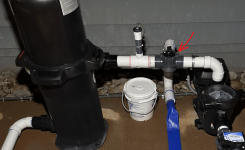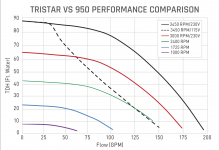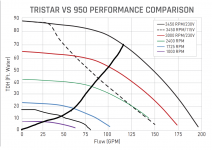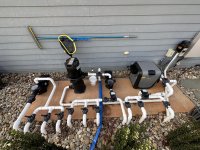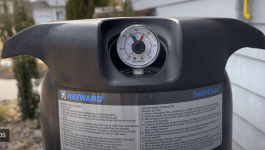You could also change the actuators to pull from the spa to see if that makes a difference by going to Spa mode.
However, if there is an obstruction in the valve, it might damage the valve and actuator due to the obstruction.
However, if there is an obstruction in the valve, it might damage the valve and actuator due to the obstruction.


